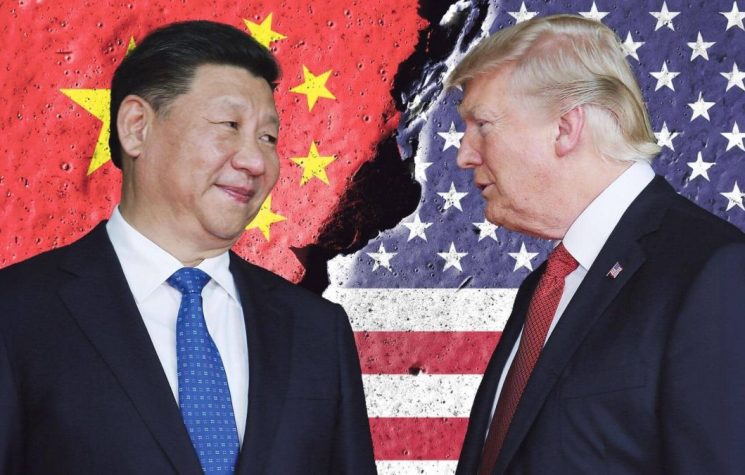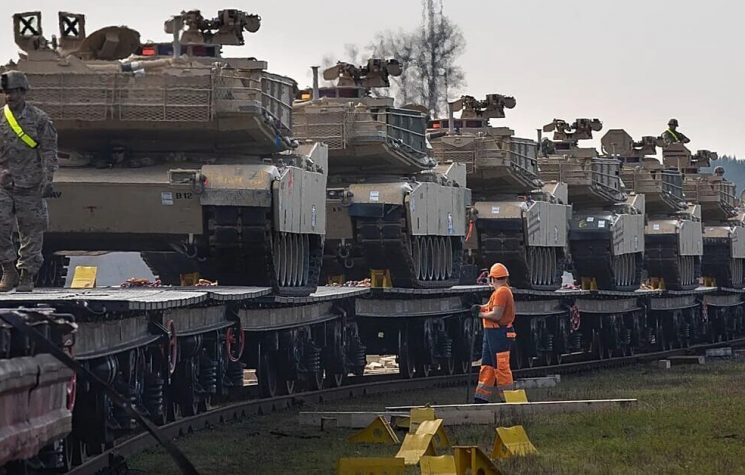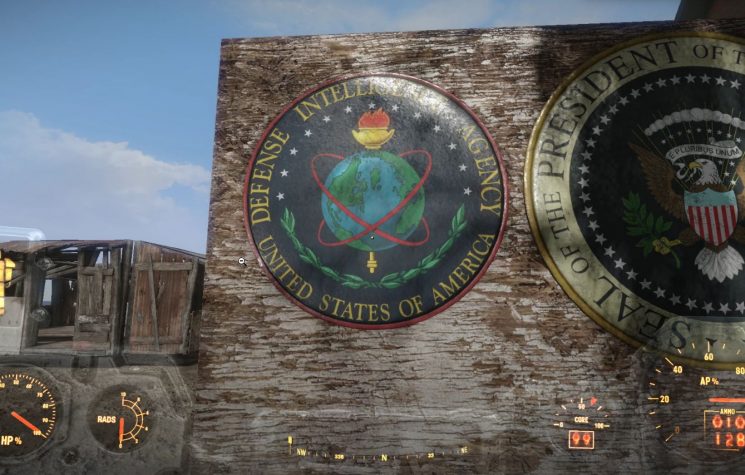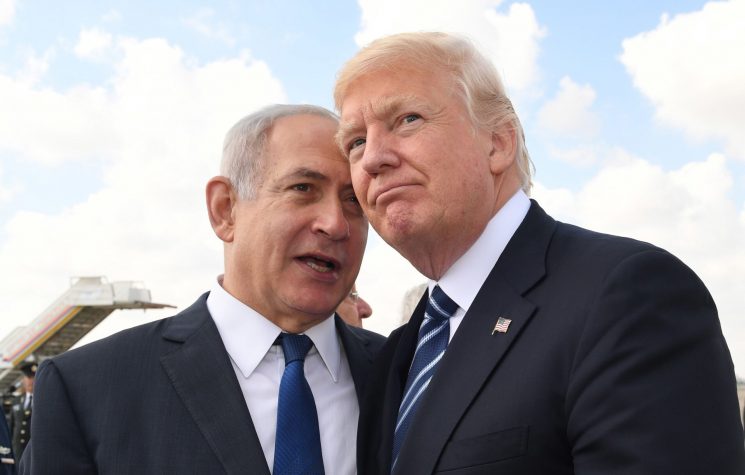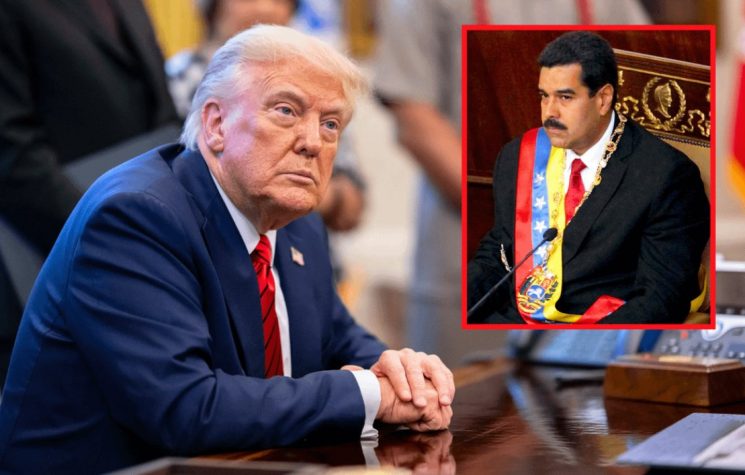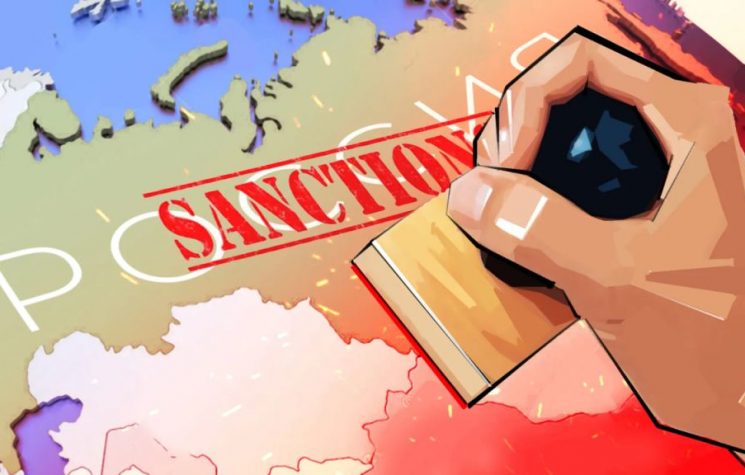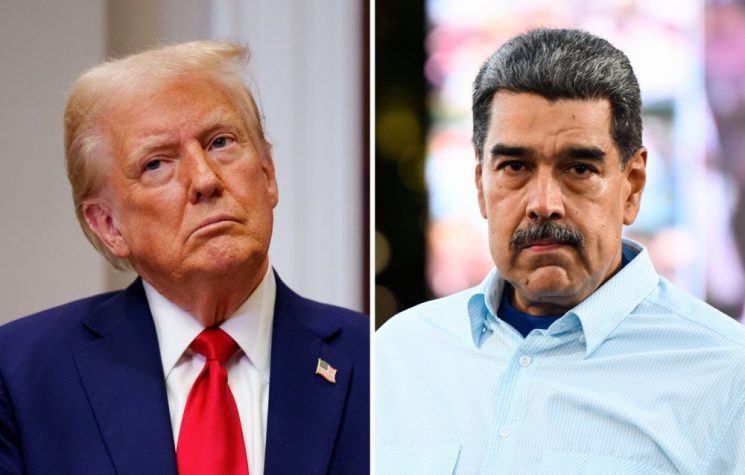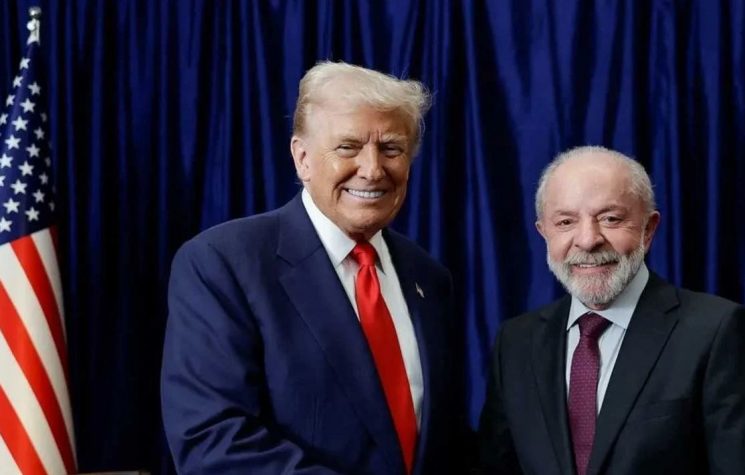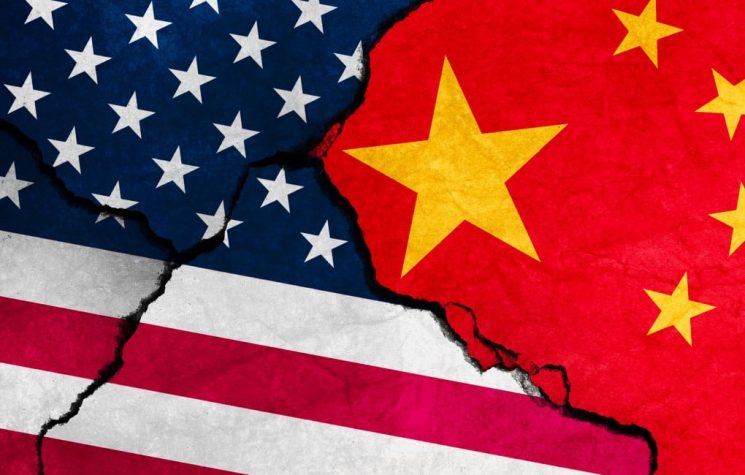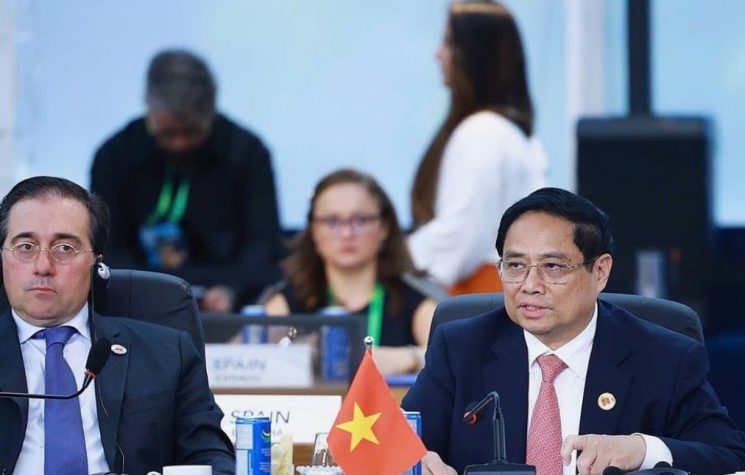If the DIA is publishing this report, it is because it wants the countries mentioned in it to receive a specific message. Let us therefore look at the content step by step.
Contact us: info@strategic-culture.su
A message to adversaries
A report by the U.S. Defence Intelligence Agency (DIA) was released a few days ago outlining a new geopolitical configuration in which Russia, China, Iran and North Korea do not form a formal alliance, but rather a system based on a flexible network with a functional distribution of roles. It is an interesting point of view that deserves further consideration.
Let us consider, first of all, that if the DIA is publishing this report, it is because it wants the countries mentioned in it to receive a specific message. Let us therefore look at the content step by step.
China confers diplomatic and visual legitimacy on the group, while openly avoiding supplying weapons. Iran, on the other hand, contributes drones and is preparing for a technology exchange. North Korea asserts itself as the main source of artillery and manpower. Moscow is not aiming to create a union centred on itself, but is developing a heterogeneous logistical and technological network. Beijing is moving on two tracks: on the one hand, it is intensifying military cooperation with Russia, including in the Arctic; on the other, it is avoiding sending lethal weapons directly in order to avoid sanctions and protect its international image. This highlights China’s strategic line of maintaining a “deep partnership without a real alliance”.
The growing importance of the BRICS and China’s participation in global forums alongside Russia reinforce its central role in a new multipolar order, in which its status is no longer subordinate. With regard to Iran, the report highlights a pragmatic approach: by offering armed drones, Tehran aims to gain access to advanced Russian military technology, circumventing Western restrictions and enhancing its capabilities in the missile and aerospace sectors. However, Russia is cautious about sharing sensitive technology, fearing Iranian ambitions in areas of interest to it.
North Korea, on the other hand, is described as a key supplier of military resources: according to the DIA, Pyongyang has delivered millions of artillery rounds, dozens of missiles and sent up to 12,000 soldiers to support Russia. In return, it would receive air defence technology, electronic warfare, missile systems and a strengthening of its political status. The recent signing of a global strategic partnership agreement signals North Korea’s intention to break free from Chinese influence and seek a more direct and flexible relationship with Moscow.
A crucial analytical element in the relationship is the recognition that Russia is building a transnational technological ecosystem: expertise and infrastructure are being shared across sensitive areas such as weapons of mass destruction, satellites, nuclear and missile technologies. For the United States, this is a serious wake-up call: the end of Western technological dominance makes sanctions increasingly symbolic and less effective. In short, the U.S. is facing a new global sub-coalition, where each actor maintains its autonomy in a decentralised network, potentially capable of destabilising the existing unipolar architecture.
Over the past two years, China, Russia, Iran and North Korea have strengthened their ties with the aim of reducing the influence of the United States and its allies. The war in Ukraine has accelerated cooperation between these countries, which mainly takes place through bilateral channels and includes mutual support in regional conflicts, coordinated actions to circumvent sanctions and pressure on the Western bloc. Although tensions remain between these actors, these countries tend to separate disagreements from areas of military, security and intelligence cooperation.
This represents the greatest “danger” identified by the American intelligence agency, or perhaps the greatest fear, because the “old empire” of America does not like the idea of seeing the new winners on the global stage dancing on its carcass.
Overview of Threats to U.S. National Security
The United States faces an increasingly complex national security environment. In addition to traditional military modernisation, rapid developments in fields such as artificial intelligence (AI), biotechnology, quantum science, microelectronics, space, cyberspace and unmanned systems are profoundly transforming the nature of conflict and the global threat landscape. Our adversaries are strengthening their relationships, providing each other with military, diplomatic and economic support to circumvent U.S. influence. Transnational criminal organisations and terrorist groups exploit geopolitical conditions to evade U.S. authorities, as reported in the DIA document. Advanced technologies are also enabling foreign intelligence services to target U.S. personnel and operations in innovative ways. The accelerated pace of innovation will continue to generate new ways for adversaries to threaten U.S. interests.
The national territory is exposed to a variety of threats from both strategic competitors and non-state actors seeking to reduce the U.S. competitive advantage or directly target American citizens. For example, adversaries of the now-declining Hegemon are developing long-range missile systems and new types of weapons to strike the U.S. homeland and continue to explore new methods of attacking cyber networks and critical infrastructure. On the southern border, the hottest zone, transnational cartels, drug trafficking organisations and terrorist groups are constantly trying to circumvent controls and take advantage of persistent migration flows.
The so-called terrorist threat therefore remains fluid and dispersed. Extremist groups are decentralising their plans of action. In the coming year, 2026, according to the DIA report, ISIS is likely to attempt high-impact attacks in the West, following the model of the attacks in France and Belgium ten years ago. ISIS affiliates in Afghanistan and al-Qaeda affiliates in Yemen pose the main threats. It should not be forgotten that in 2024, a number of ISIS-related attacks were claimed in the U.S., destabilising local politics and reopening the shadow of terrorism in the country that made 11 September 2001 a scapegoat and justification for exporting wars throughout the Middle East.
The threat posed by unmanned systems to U.S. defence and internal security interests is set to increase, fuelled by growing commercial demand, technological advances and the difficulty of attributing responsibility to the actors involved. These systems, which are very cheap and easy to use, can be used by numerous hostile actors for surveillance or attacks against critical infrastructure and military installations. UxS technologies are becoming more sophisticated thanks to convergence with AI, big data, the Internet of Things and 5G communications, making the risk even more acute.
According to law enforcement data cited in the DIA document, since the beginning of 2025, migration flows to the southern border have decreased by about 80%, with an average of 400 entries per day. In 2024, there were 2.1 million entries, marking a 14% reduction from the 2023 record. Difficult socioeconomic conditions in Central and South America continue to drive migration flows, but budget constraints, regulatory uncertainties and competing security priorities could limit the ability of local law enforcement agencies to stem the phenomenon. The major problem highlighted is drugs: the main suppliers to the U.S. illicit drug market remain the Mexican cartels, namely Golfo, Jalisco Nueva Generación, del Noreste and Sinaloa. The Juárez Cartel controls strategic corridors near Texas ports of entry. Groups such as MS-13 and Tren de Aragua fuel violence and have extended their influence over drug trafficking in the United States. Fentanyl trafficking along the southern border is declining, while cocaine and methamphetamine trafficking is likely to remain high due to continued profitability.
But the most interesting thing about the DIA report remains the “geopolitical threats”, which I will write about in future articles, because each of the enemy states under consideration seems to be the recipient of a specific message from the U.S. A message that must be decoded, because it could give us an indication of some of the upcoming conflict scenarios.












